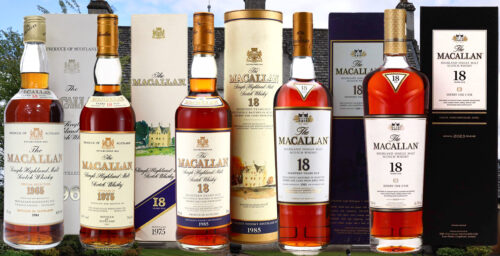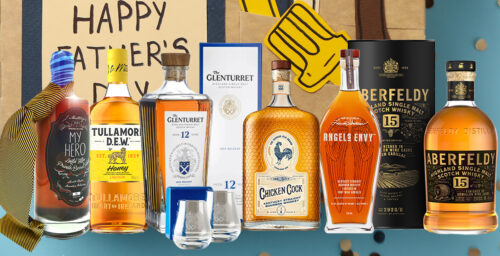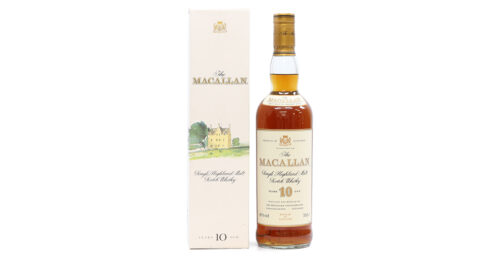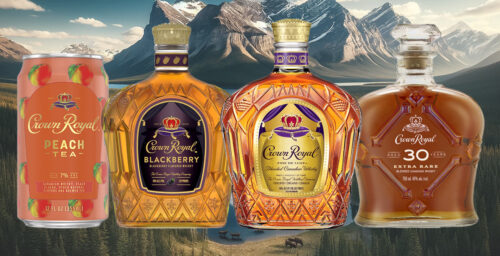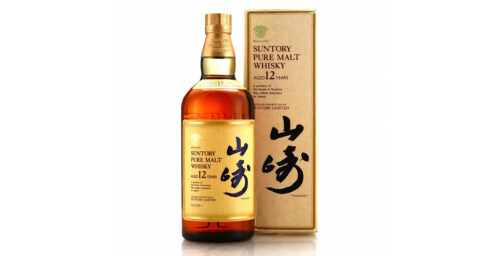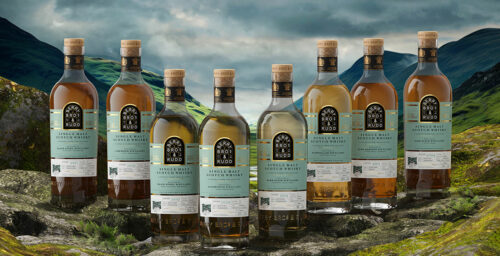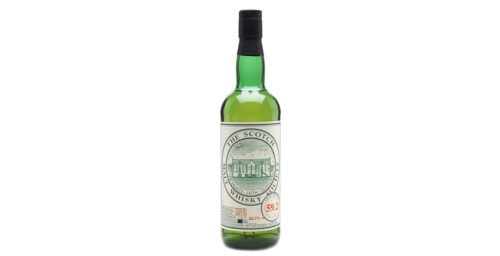
What is chill filtering? I’m sure that’s a question that we’ve all asked ourselves at some point. Well, let’s answer it directly.
Chill filtering is a method in whisky making for removing residue. Within the world of whisky, the liquid is cooled to between 5-10 degrees Celsius and passed through an absorption filter to remove natural acids and esters that could cause the whisky to go cloudy in lower temperatures.
A pretty simple process. But why is it done?
Why is some whisky chill-filtered?
From what I’ve gathered over the years of whisky chat, chill filtering was essentially introduced to ensure consistency within whisky being shipped across the world. Unfiltered whiskies below a certain temperature and below 46% ABV allow fatty acids to come out of suspension and be seen in the liquid, this causes a haze. When liquids were being shipped across the world and achieving this state, most importers, both legal and illegal, assumed something was wrong with the liquid as it didn’t look how it was supposed to. Enter chill filtering and the removal of these fatty acids.
Consistency is key

This consistent appearance of whisky is a key factor to be considered by distillers because it can affect the behavior of consumers.
Essentially, it comes down to color and general appearance within the glass. If, for example, a person buys the same bottle of whisky every year for a celebration with
their friends and family, or to celebrate an occasion, they will expect the whisky to look and taste the same. Whether it be for the sake of nostalgia or a love for a particular product, that whisky has to look and taste the exact same way it did last time. Otherwise, brands might experience a lack of consumer confidence. People are more likely to make a repeat purchase if they can see consistent quality in the product.
This is why the biggest brands in the world are generally all 40% ABV and chill filtered, because every time it’s purchased the last thing that distillery/company needs is a call or email about the quality control of their product. These processes ensure a lack of confusion for the average whisky buyer.
What about non-chill filtered whisky?
But what about the non-average whisky buyer? For anyone who is interested in exploring the vast world of whisky and other spirits, too. Your journey will no doubt start with something chill-filtered and not natural color because that’s where we all end up starting. Many of the most accessible whiskies tend to do this. But once you’re up and running, you will likely want to broaden your palate and explore different flavors.
Any whisky that is non-chill filtered now will 100% state it on the bottle. Not only has this become something people look for as a mark of higher quality, but it’s also something that has become a commercial success of brands wanting to tap into bigger spenders, bigger audiences, showing off single casks of distillery styles, etc. So marketing has actually worked in our favor again when it comes to whisky, but it was because of people scouting out for these magical declarations on the bottle that it has become a normality now, especially in specialist retailers.
Does chill filtering impact taste?
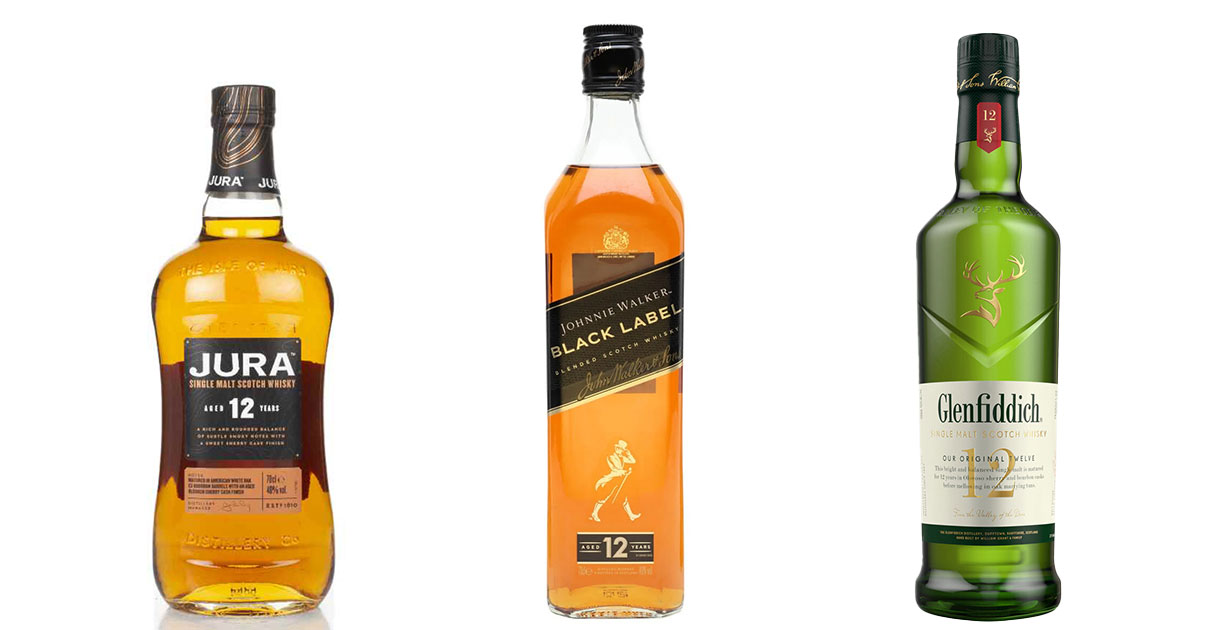
Yes. No doubts there. But that does not mean it is inherently bad. I’ve chatted to master distillers and blenders who have stated that, on the odd occasion, they’ve chill-filtered something to see if I tasted any better, and on the odd occasion, it has.
‘Better’ is a very subjective word in whisky, but if the whisky tastes more defined with chill filtering on a particular batch, that’s okay. Some distilleries would never do that because NCF (non-chill filtering) is part of their makeup. But I guarantee you that the process has happened for the sake of experimentation, because why not?
But if you like Johnnie Walker Black Label, or Glenfiddich 12 Year Old, or Jura 12 Year Old, they’re all chill-filtered and that’s fine. At the end of the day what you buy is all about your tastes and what you’re in the mood for at a particular time, and I’ll admit to it that a few times a year all I want is a 40% ABV that is probably chill filtered because it’s an easier drink.
Sometimes you don’t want to be challenged – you just want a glass of whisky and that is one of the reasons that the top 10 best-selling single malt and blended whiskies in the world are all chill-filtered.
So whatever you do, don’t fear it, and don’t always use other people’s words as your own credence for whisky. Get out there and try as much of it as you can to form your own opinions. In a responsible manner, of course.
Looking for some whisk(e)y recommendations? Check out our articles on award-winning whiskies or peruse our reviews.


